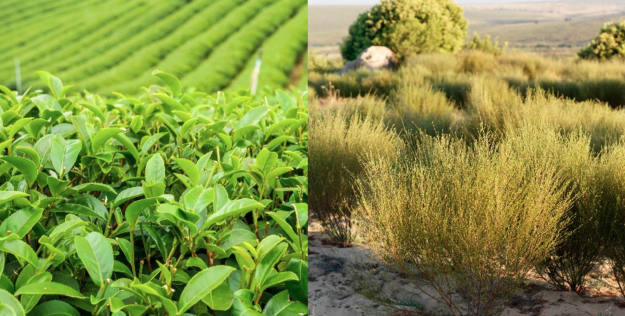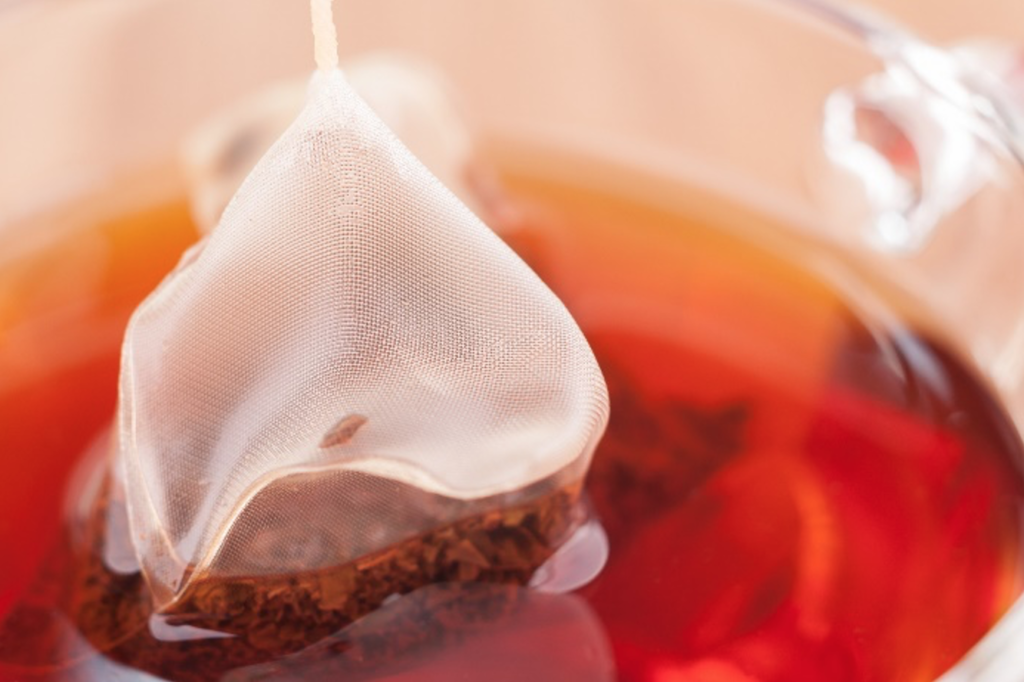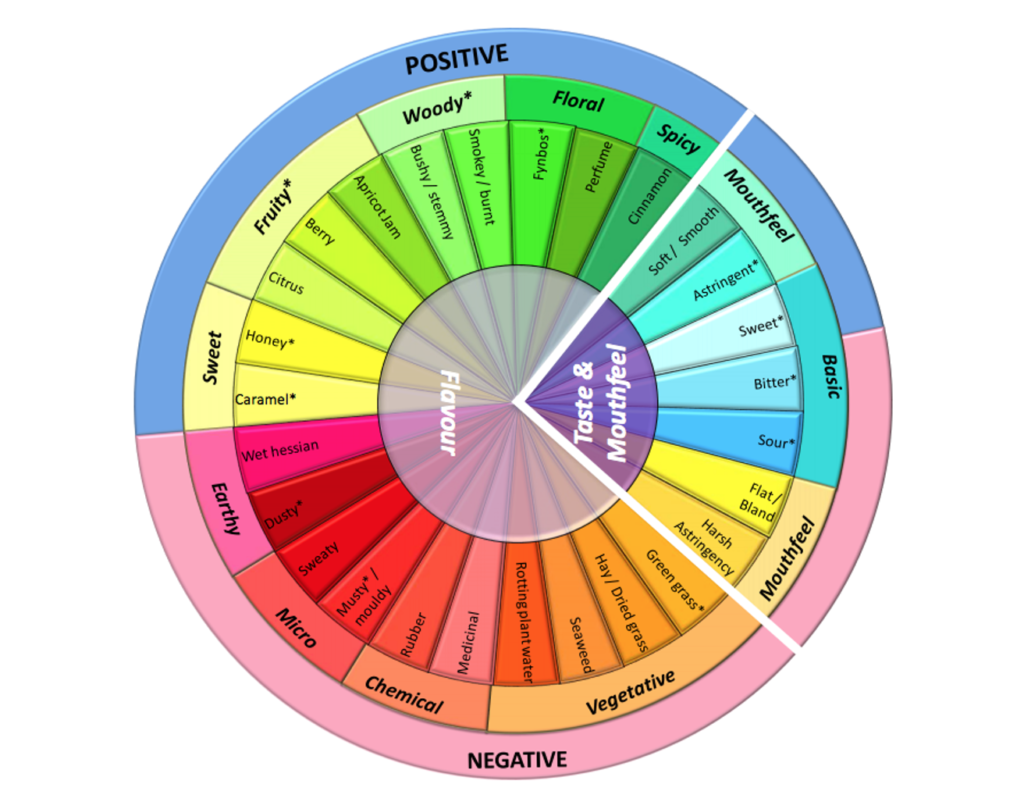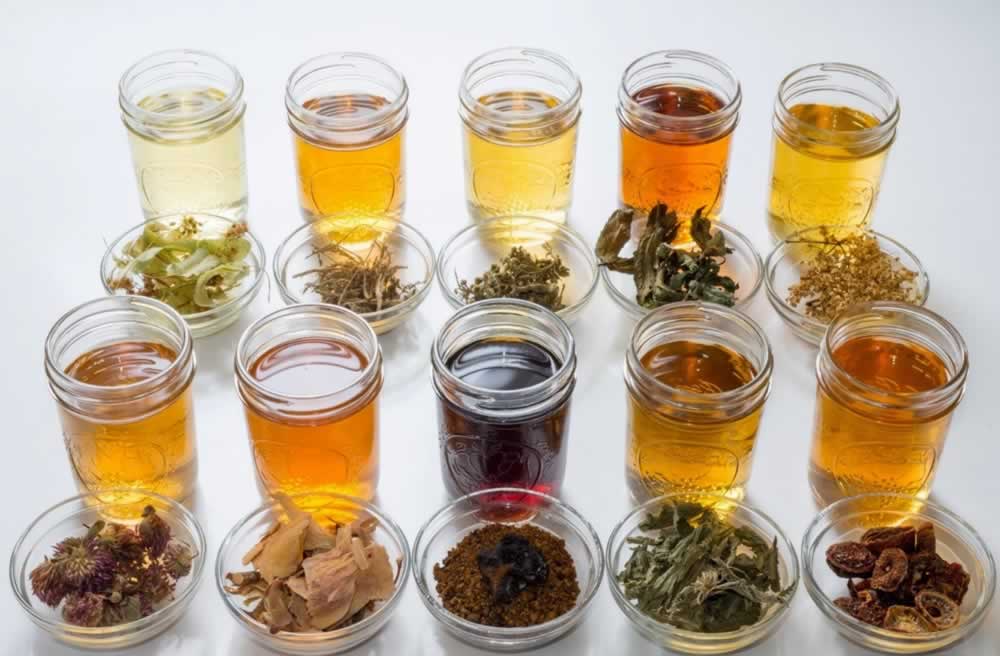More people around the world are opting for tea as their preferred beverage – but many people don’t know the difference between teas and tisanes. One only needs to stroll down the supermarket aisles to see the noticeable amount of shelf space dedicated to the brew.
Adele du Toit, spokesperson for the SA Rooibos Council says the number and size of competitive offerings has dramatically expanded in the last few years and even new categories have been added within stores to accommodate all the new varieties that’s got tea lovers excited.
“Ready-to-drink teas, functional teas and specialty teas are now available in all shapes, sizes and flavours. There is also an emergence of new categories, which include tea-infused water, energy drinks, tea-based ice cream and other food fortified with tea. Hard teas, such as tea-infused alcoholic and malt beverages are also ramping up consumers’ interest in the category.”

Teas vs Tisanes
Adele says that while tea has become so popular, few really know the difference between their teas and tisanes.
“Most South Africans still have the habit of referring to all leafy beverages steeped in hot water as tea, but strictly speaking, the word ‘tea’ only refers to a beverage that comes from the Camellia sinensis plant, which is native to Asia.
“The most common tea varieties are black, green, white, oolong, purple, Pu-erh and herbal infusions (and we provide an in-depth review of these and many other types of tea in our ‘Beginner’s Guide To Diufferent Types of Tea’ article).
“Black and green teas are all derived from the Camellia Sinensis plant – the leaves are just processed differently. Black teas are oxidised, which gives the tea it’s dark colour, while white teas are left to dry. Oolong is shaken in bamboo baskets to lightly bruise and dry the leaves.
“Herbal teas are referred to as tisanes (pronounced ti-zahn), since they don’t come from the Camellia Sinensis plant.
“Tisanes are made from leaves, fruit, flowers, roots, berries, seeds and spices. Popular tisanes include hibiscus, mint, chamomile, lemon balm and our homegrown, Rooibos. They also don’t contain caffeine, whereas traditional teas do, albeit in various amounts. Both teas and tisanes cater for specific health needs.
Drinking Rooibos for example, could help to:
- improve heart health
- maintain blood glucose/sugar levels
- reduce stress and anxiety and;
- improve certain skin conditions

Brewing the perfect cuppa
Tea and tisanes are rich sources of antioxidants called flavonoids. These help the body to rid itself of free radicals that damages cells. Various teas and tisanes need to be steeped differently in order to extract enough flavour and antioxidants so you can get the most from every cup.
White and green teas taste better when steeped in slightly cooler water for shorter times. If you over-steep or burn green tea with water that’s too hot, it spoils the sweet and vegetal (botanic) taste and will become bitter. Black tea, on the other hand, can handle hot water and may be steeped for longer.
- Black tea (Earl Grey, English Breakfast, Assam, Darjeeling): steep for 5 min at 95 ºC.
- White tea (Silver Needle, White Peony): steep for 4-5 min at 79 ºC.
- Green tea (Matcha, Sencha): steep for 3-4 min at 79 ºC.
- Oolong tea (Ti Kuan Yin, Dan Cong): steep for 3-5 min at 91 ºC.
Keep in mind that water boils at 100 ºC, so it’s best to let it cool for a few minutes before pouring it over the tea bag/leaves.
- Dried tisanes (Rooibos, Chamomile, Hibiscus) can handle hotter water: steep for up to 15 minutes at 100 ºC.
- Fresh tisanes made from chopped up fruit, roots or spices need to steep for up to 30 minutes at 100 ºC.
Du Toit says Rooibos tea should ideally be steeped for 5-10 minutes for greater antioxidant release. “Since it’s naturally sweet, you can drink it as is or you can add honey or sugar to it for a sweeter taste.”
Tea terminology
Just like wine, tea also has its distinct tea tasting language. Here’s how you can differentiate between tastes, flavours, mouthfeel and aromas.
- Astringency– dry, bitter taste, caused by tannin.
- Earthy – nature-inspired taste and aroma.
- Floral/flowery – floral taste or aroma.
- Fruit – rich in colour, dominantly sweet and fruity, but not overpowering.
- Spicy – strong spicy infusion.
- Balanced– where aromas succeed each other smoothly, highlighted by flavours and texture.
- Bite– tastes alive.
- Body– fullness and strength.
- Crisp– yielding a clean, refreshing taste.
- Generous– rich in aromas.
- Hungry– lacking in cup quality.
- Intense– strong taste.
- Long in the mouth– aromas that leave a pleasant and lasting impression in the mouth after tasting.
- Nose– pleasant aroma.
- Pungent– astringent effect on the palate without bitterness.
- Silky– silky and smooth, almost oily taste.
- Sweet– slightly sweet flavour, with no astringency associated with sweet, vanilla-flavoured aromas.
- Woody– reminiscent of freshly-cut timber.

If a tasty cuppa has left you speechless, a flavour wheel will help you to categorise certain characteristics of a tea/tisane. Above is the Rooibos Colour Wheel, which tea tasters use to identify flavour and mouthfeel.
“Start by determining the general taste and aroma of the tea/tisane i.e. the base notes. Depending on the format of the flavour wheel, you can either start from the inner circle and move progressively outwards or start from the outer circle and move towards the centre. This will help you to refine the language used to relay your sensory experience.
“If it tastes fruity, determine whether it’s more citrussy or berry-like and so on. The best way to start is to choose what you’re familiar with and to then branch out.”
She says Rooibos’ flavour profile is unique. Although it brews into a cup of intense red, the flavour is very different from black teas.
“Most of us have enjoyed Rooibos in a ‘red’, fermented form, but it’s equally satisfying in it’s unfermented, ‘green’ guise.
“When tasting Rooibos, you will notice three primary aromas i.e. woody, fynbos-floral and honey, followed by secondary aromas: fruity-sweet, caramel and apricot. While red Rooibos has a light, earthy taste, it’s strong enough to hold other ingredients like fruit, herbs, flowers, spices and even chocolate. This allows for it to be enjoyed both hot or cold, in cappuccino, latte or espresso formats.
“On the other hand, green Rooibos is more delicate and has a vegetal, yet sweet note.”
She points out that when taste-testing the “liquor” of tea/tisanes – which occurs during infusion – instead of sipping, you should slurp or suck in the brew to maximise the impact on your taste buds.
Happy tea-tasting!

